HAM (Hardware Asset Management) is the process that manages all physical IT assets. Furthermore, HAM operates from request and acquisition to retirement, ensuring traceability, security, and efficiency throughout the lifecycle. Thus, HAM ensures that physical assets are fully tracked and managed throughout their lifecycle.
In this guide, you will understand what HAM is, how it integrates with ITAM (IT Asset Management), and why proper hardware management is essential to reducing costs and optimizing operations in digital companies.
What is Hardware Asset Management (HAM)?
Hardware Asset Management (HAM) is the hardware asset management, covering the entire lifecycle of physical devices, from ordering, acquisition and deployment to retirement and disposal.
Therefore, without HAM, companies lose visibility into what they own, where it is located, and who uses each piece of equipment.
Why HAM is essential in modern IT management
Managing hardware goes beyond tracking computers and servers. HAM is a key component of IT Governance and ensures that each asset brings value, compliance, and security to the business. This allows control over warranties and vendor contracts; asset lifecycle; physical location of devices; and accountability and ownership.
Without HAM, organizations would not know
- What assets are available in stock: if you don't have a record of your assets, you won't know what you have or don't have available;
- Where are the assets located;
- What systems the assets support;
- Who is using the assets;
- How much value is derived from assets.
Main types of assets managed by HAM
Hardware assets include computers and notebooks; monitors, printers and peripherals; cell phones and IP phones, as well as servers, switches and routers and firewalls and hard drives.
Hardware Asset Lifecycle Stages
- Planning: At this stage, the IT team decides whether to purchase, lease, or reuse existing assets, considering the company's operational and financial needs.
- Acquisition: It occurs when the purchasing department formalizes the order through a purchase order, ensuring traceability from the beginning.
- Implantation: Assets are configured and deployed for use. HAM maintains record integrity and assigns each item to a responsible party.
- Management and Operation: During use, HAM ensures accurate data on the location, ownership, and status of each asset. This ensures transparency and complete control over the infrastructure.
- Retirement and Disposition: At this stage, the asset is removed from operation, duly registered and disposed of in accordance with safety and sustainability standards.
Active x configuration item
| Asset | configuration item |
| Tracked for financial reasons | Tracked to support business service |
| Tracked from acquisition to disposal | Only tracked while in use |
| Has parent/child relationships | Has upstream and downstream dependencies |
| A financial value is assigned | No financial value is assigned or tracked |
| Tracked by an IT Asset Manager | Tracked by a Configuration Engineer/Manager |
Hardware Model: Why It Matters
The hardware model stores information common to an asset type, such as manufacturer, model number, and description. This reduces rework and ensures information consistency.
That is, as long as you create a resource in a specific model, you will not need to re-enter the manufacturer, model number, description, etc. because it will always have the same value. Thus, The relationship between a hardware model and a hardware asset is a one-to-many relationship, meaning you can have multiple hardware assets for any given hardware model.
In this way, a model can be related to several physical assets, creating a “one-to-many” relationship.
Assets and consumables
- Hardware assets: computers, servers, switches, printers, routers, etc.
- Consumables: Cables, mice, keyboards, headsets, and webcams. Consumables are tracked by quantity while in stock, but not after deployment.
Asset categories and organization
Template categories allow you to classify assets by type, function, or criticality. They facilitate: Quick searches and filters, Equipment grouping, and Performance and cost reporting.
Contracts and catalog items
HAM also manages support, lease, and warranty contracts. It also manages supplier catalog items, allowing you to view pricing and availability directly within the system.
HAM, SAM and ITAM: unified IT asset management
While HAM manages physical assets, integration with SAM (Software Asset Management) results in ITAM (IT Asset Management), a comprehensive approach to IT asset management. This combination ensures:
- Hardware and software control
- Compliance and governance
- cost reduction
- Infrastructure optimization
Read also:
SAM Maturity: Understand your enterprise valuation
SAM: 8 reasons to implement it
ITAM: What is IT Asset Management and how does it work?
Main benefits of HAM and ITAM
- Cost reduction: eliminates unnecessary purchases
- Enhanced security: assets always updated and tracked
- Operational efficiency: easy location and control
- Smart decisions: based on accurate data
- Compliance with audits and corporate policies
FAQ – Frequently Asked Questions about HAM
1. What is HAM (Hardware Asset Management)?
It is the management of the complete cycle of physical IT assets, ensuring traceability and cost optimization.
2. What assets are managed by HAM?
Computers, servers, printers, IP phones, routers, firewalls, and network devices.
3. What is the difference between HAM and SAM?
HAM takes care of the physical hardware, while SAM focuses on software and licensing.
4. Why is HAM important for IT governance?
It ensures control, security and visibility of all assets, optimizing resources and preventing losses.
5. Can HAM be automated?
Yes. Tools like ServiceNow HAMs automate the entire asset lifecycle, from inventory to disposition.
HAM Implementation Guide
Check out the 10 steps for implementing and developing HAM in your company:
- Assess your asset management maturity.
- Define clear policies and responsibilities.
- Choose a platform (e.g., ServiceNow HAM).
- Inventory all hardware assets
- Configure templates and categories
- Register locations and warehouses
- Automate inventory rules
- Monitor contracts and guarantees
- Analyze reports and continuously optimize your inventory.
- Count on the support of a specialized consultancy
Transform your Hardware Management today
Ultimately, HAM is essential for any company seeking control, cost-effectiveness, and security in its IT infrastructure. However, with an integrated HAM and SAM (ITAM) strategy, your organization ensures operational efficiency and a competitive advantage in the digital age. Relying on the support of a specialized IT consultancy is crucial for efficient asset development.
Thus, 4MATT helps companies implement ServiceNow HAM in a customized way, integrating hardware, software and contracts in a single environment.
Contact us and discover how to automate your asset management.



